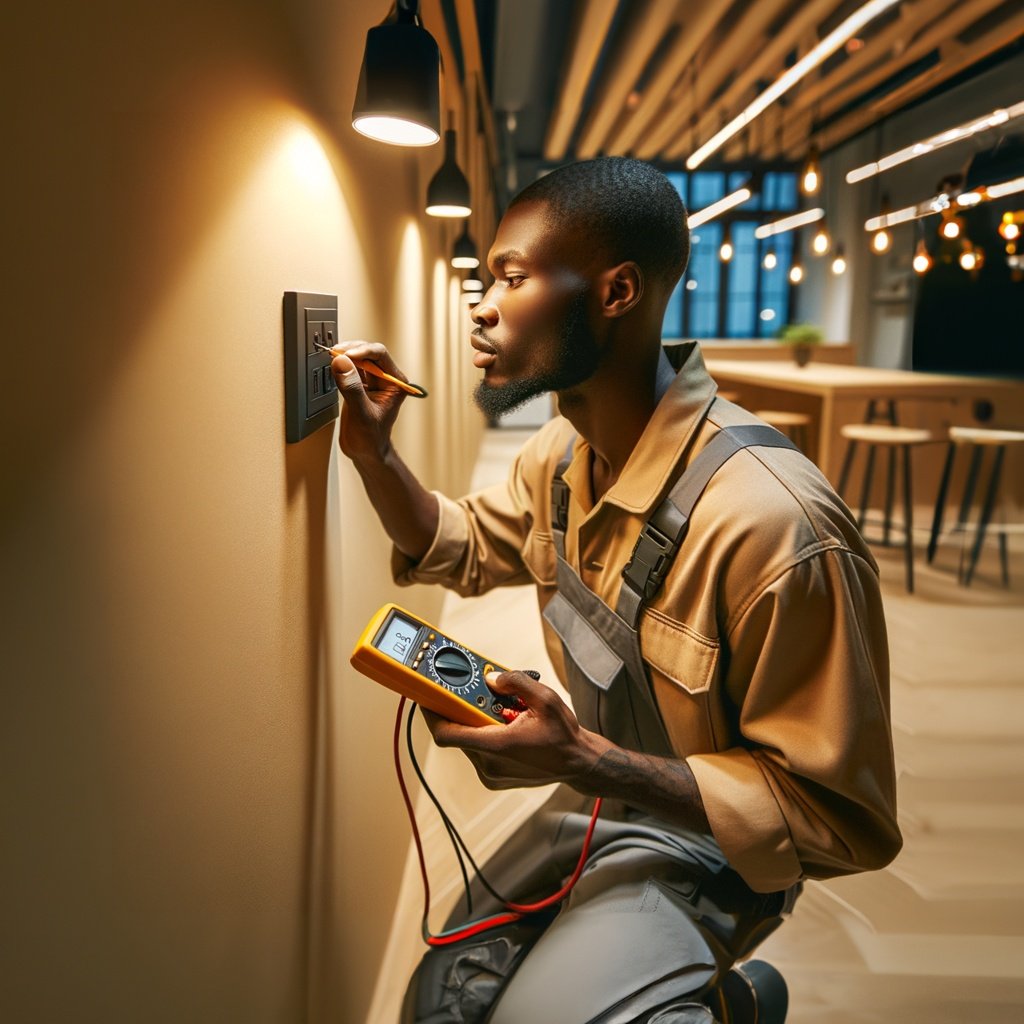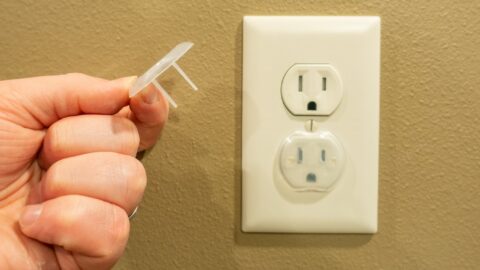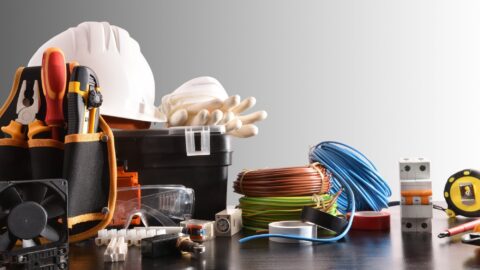Light switches are fundamental components in every home’s electrical system. If you’re looking to undertake the task of wiring one yourself, it’s essential to proceed with caution and have a clear understanding of the process.
This article provides a comprehensive step-by-step guide on wiring a light switch.
Disclaimer: Working with electricity can be dangerous. Always turn off the power at the circuit breaker or fuse box before beginning any electrical work. If unsure about any step, consult with a professional.
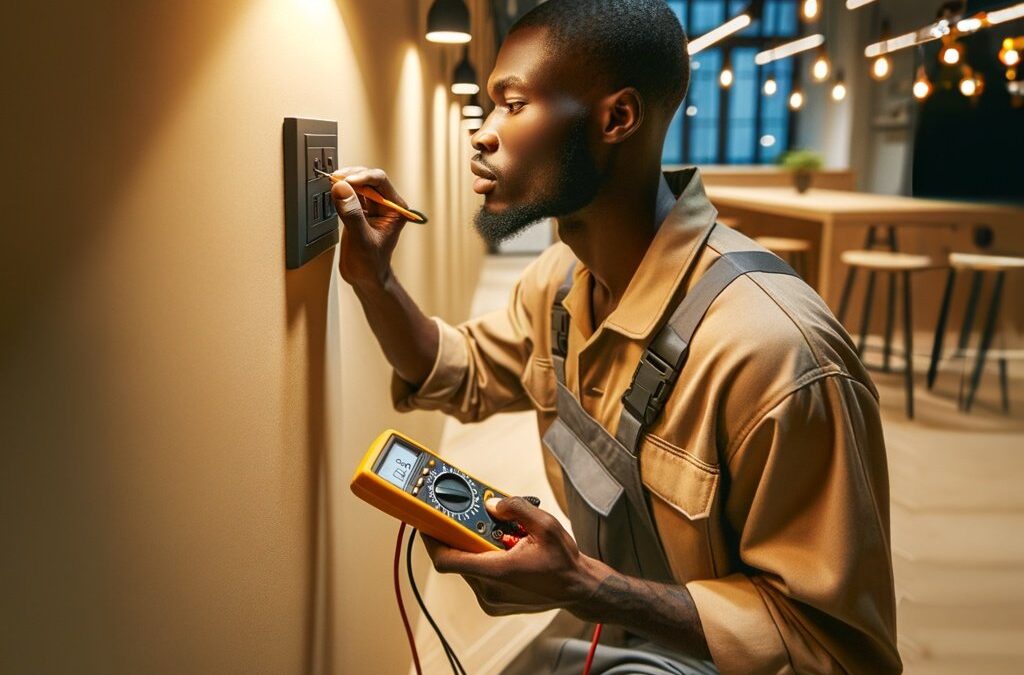
Understanding Single-Pole Light Switch
Imagine a simple on-off switch controlling a single light. This is the essence of this type of switch. Small device mounted on a wall, typically with a single rocker switch that flips up and down.
Inside the switch are two terminals: a common terminal and a traveler terminal. The common terminal acts as a meeting point for two key players – the hot wire and the switch lever.
The hot wire, usually black, carries electrical current from the breaker box. The switch lever, controlled by your flick, acts as a gatekeeper.
When the switch is off, the gate is closed, blocking the hot wire from reaching the traveler terminal. As a result, the traveler terminal, connected to the light fixture’s wires, remains dormant, and the light stays off.
When the switch is on, the hot wire’s current now has a clear path to flow through the common terminal, the switch lever, and then the traveler terminal. This completes the circuit, same as connecting the two ends of a broken wire.
Electricity surges through the traveler terminal and down the wires to the light fixture. The bulb receives its power, and the light is on!
In essence, the single-pole switch acts like a simple on-off valve for the flow of electricity. It controls whether the hot wire’s current reaches the light fixture, dictating whether the room basks in light or remains in darkness.
Step-by-Step
1. Gather All Materials
Before you begin wiring your light switch, make sure you have the following:
- Screwdrivers
- Wire stripper
- Voltage tester
- Electrical tape
- Wire connectors (wire nuts)
- Single-pole light switch (for basic on/off functionality)
2. Turn Off the Power
- Locate your home’s electrical panel (often referred to as the circuit breaker or fuse box).
- Identify the breaker that controls the circuit where you’ll be working.
- Switch it to the “off” position.
- For safety, place a piece of tape over the switched-off breaker to prevent someone else from accidentally turning it back on.
3. Remove the Old Switch (if applicable)
- Unscrew the switch cover or faceplate and remove it.
- Unscrew the switch from the box.
- Carefully pull the switch out so you can access the wires.
- Disconnect the wires from the old switch.
4. Identify and Prepare the Wires
Typically, you’ll encounter:
- Black Wire or Red Wire: This is the “hot” wire that delivers power to the switch.
- White Wire: The neutral wire (not always used in switch installations).
- Green or Bare Wire: Ground wire.
Using the wire stripper, strip about 3/4 inch off the insulation from each wire if they aren’t prepared already.
5. Connect the Wires to the New Switch
- Ground Wire: Attach the green or bare wire to the green grounding screw on the switch. Loop the wire around the screw and tighten it.
- Hot Wires: If you’re installing a single-pole switch, you’ll likely have one or two black (or red) wires. Attach each to one of the brass screws on the switch in the same way.
Note: If there’s a white wire, it typically won’t connect to the switch itself but should be capped off with a wire connector.
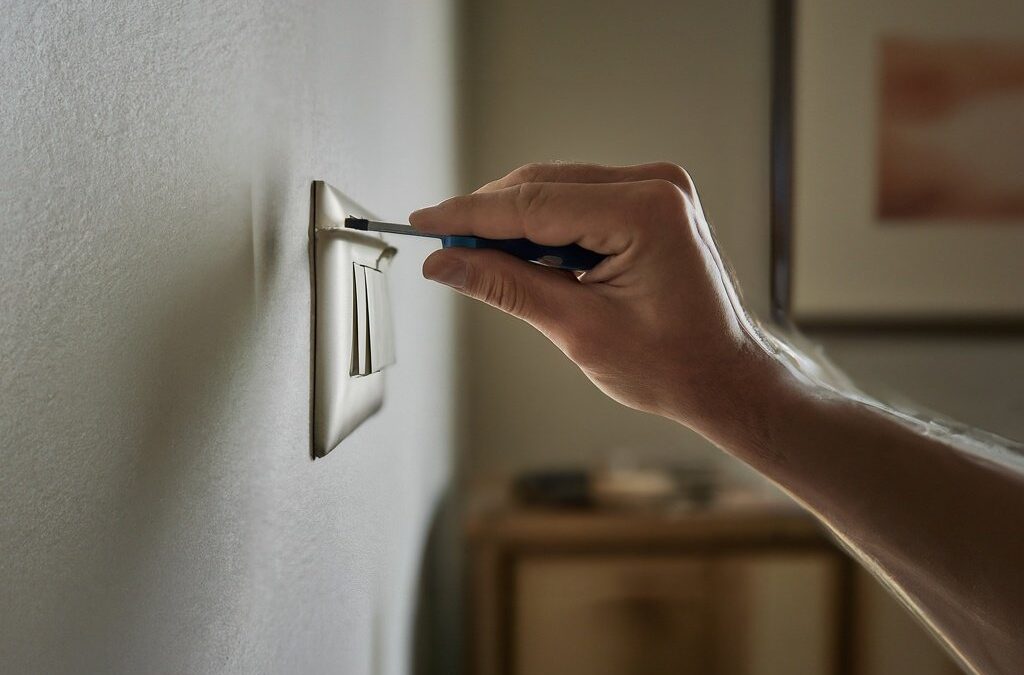
6. Secure the Switch and Replace the Cover
- Carefully push the switch and wires back into the electrical box.
- Secure the switch to the box using screws.
- Place the faceplate over the switch and secure it with screws.
7. Turn the Power Back On
- Remove the tape from the breaker if you placed one.
- Turn the circuit breaker back to the “on” position.
- Test the switch to ensure it operates the light correctly.
Common Issues
If the light doesn’t work when you flip the switch, there are a few things you can check:
- Make sure the wires are connected correctly.
- Make sure the wire nuts are tight.
- Check the bulb to make sure it’s not burned out.
- If you’re still having trouble, consult a qualified electrician.
Conclusion
Wiring a light switch can be a simple task when you approach it correctly and safely. While this guide provides a basic overview on how to wire a light switch, the setup in your home might vary. If you ever feel uncertain in the process, consult with or hire a professional electrician.
If you live in the Pueblo and Colorado Springs area, call Mister Sparky for your electrical needs. Ensuring every switch, wire, and light operates safely and efficiently.
